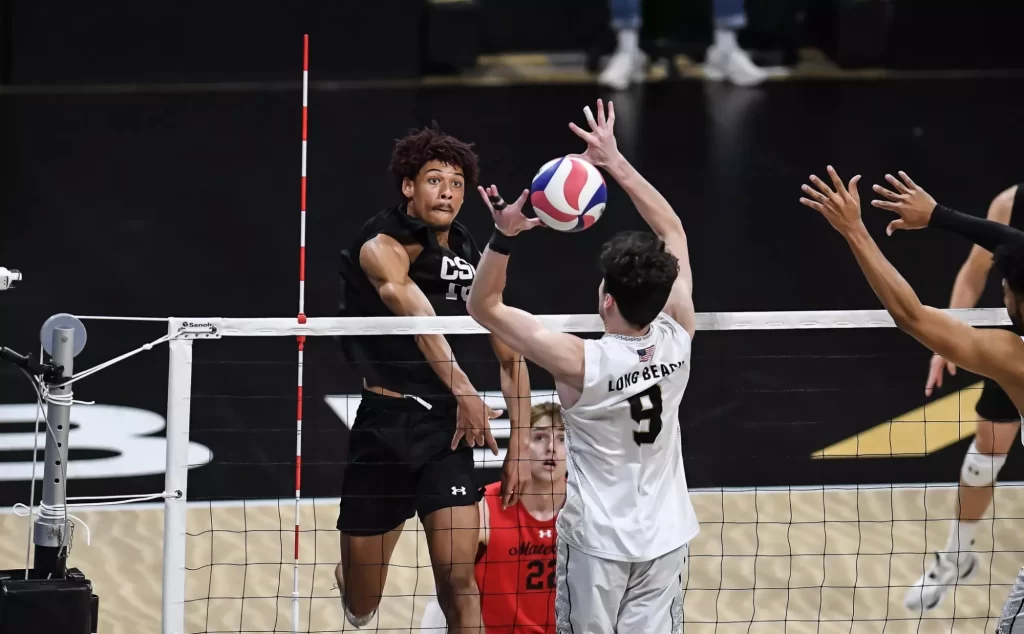Volleyball has seen significant growth across all levels over the last 10 years, and with three separate professional leagues launched over the last few years, it’s at an all-time high. This is compounded by the increase in youth and club programs, along with the growth of the high school scene for both men’s and women’s volleyball.
Despite this, men’s volleyball remains the single most overlooked sport in the United States. High school has seen a 40% increase in participation over the past seven years, and colleges are adding teams at both the NCAA and NAIA levels. In the NCAA’s DIII, men’s volleyball added a national championship in 2012. Yet the media and sports world continues to seemingly ignore the high-paced, electric atmosphere that men’s volleyball provides.
Grand Canyon University (GCU) recently announced the shutdown of its men’s volleyball program, saying the school will still provide the sport at a club level. This is devastating to the NCAA volleyball world, as GCU made back-to-back national tournaments and won the Mountain Pacific Sports Federation (MPSF) in 2024. Finishing with an 18-10 record in its final season, GCU’s emergence into the national volleyball spotlight has come to an abrupt end.
“In a rapidly evolving college athletics landscape, GCU is constantly evaluating how it can best position itself as a Division I athletic department and a university,” the university said on its website.
This doesn’t mean there’s not a market for volleyball in Phoenix. The ASU women’s volleyball team just won its inaugural season in the Big 12, with JJ Van Neil leading the Sun Devils to a 30-3 record and a 3 seed in the national tournament. They also set school records for total and average attendance, ranking 14th and 15th in the nation, respectively.
The talent is there. GCU’s club team finished the season ranked 15th in the nation, while ASU’s club team finished at 15-10 despite several injuries. Arizona also holds the second-best high school team not from California, with Perry HS ranked 10th in the nation and three other schools in the top 50.
There’s talent, a future, and a market. It makes no sense that there aren’t more opportunities for volleyball athletes in Arizona. With four Division I schools, Arizonians currently have no options for in-state colleges despite having one of the biggest volleyball markets in the nation.
This is the perfect opportunity for ASU to insert itself into the men’s volleyball world. In 2026, there will be 29 NCAA DI programs according to the American Volleyball Coaches Association. This includes new programs: Manhattan College, Northern Kentucky University, and the University of Maryland Eastern Shore (UMES), along with the departure of GCU and Saint Francis University, which is moving to the DIII level.
This would be a perfect opportunity for a larger college like Arizona State University, which already has a large local and collegiate volleyball presence, to establish a high-level program quickly. Schools like UCLA, the University of Hawaii, and Long Beach State will have an obvious advantage as they have run the volleyball scene for years, but inserting a program with the prowess of Arizona State could have such a positive impact on the volleyball world.
The symbiotic relationship is so obvious that any smart athletic director, as Graham Rossini has already shown he is, would be able to put the pieces together. GCU’s rise over the past few seasons is living and dying proof of how successful a men’s volleyball program could and should be.
Additionally, the fact that GCU went 37-6 at home over its final three seasons gives proof of a home-field advantage for Phoenix programs. This includes sweeps over USC, Stanford, and Pepperdine in its undefeated home record in 2024, going 10-0 overall.
The pieces are lining up. A new era for Arizona State has already begun. Kenny Dillingham brought the fire to the football program. JJ Van Neil has raised women’s volleyball to stardom. Molly Miller has brought hope back to women’s basketball. Baseball and Softball are both on track to make their national tournaments. If there was any time for an upstart program in the most exciting, most overlooked, fastest growing sport, the time is now.

